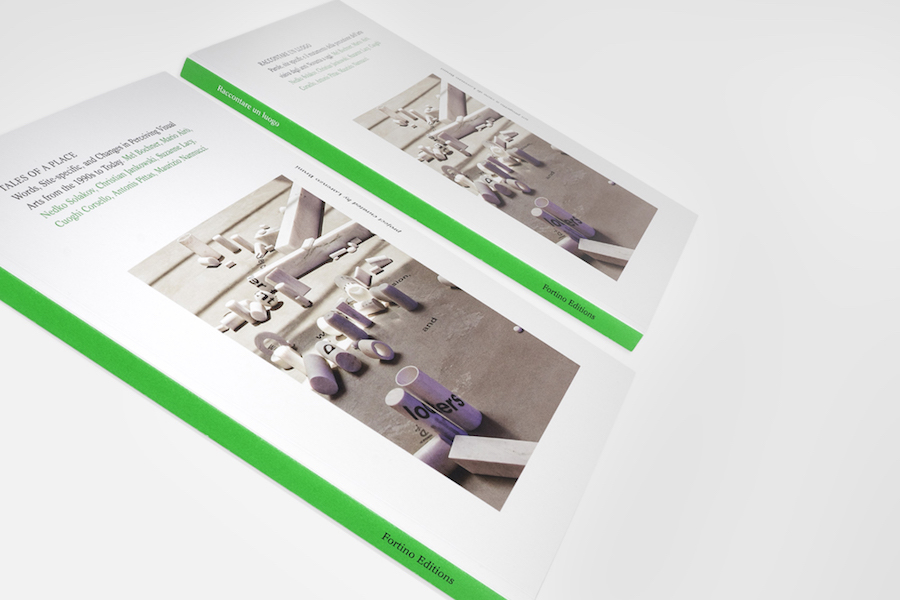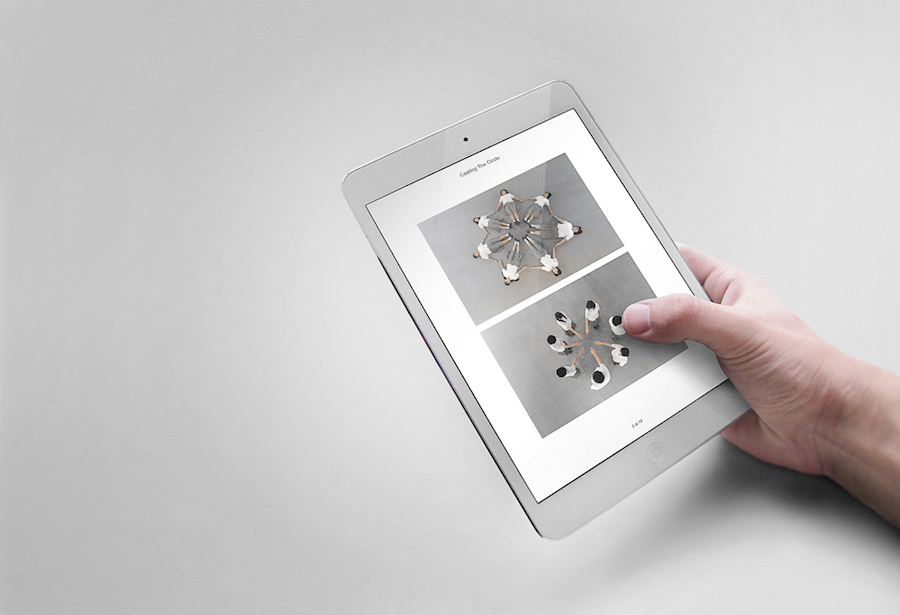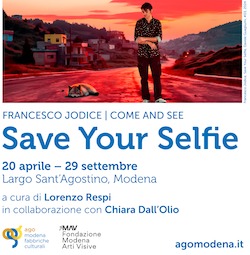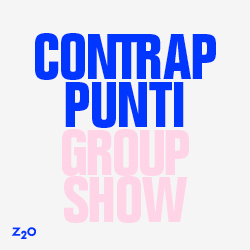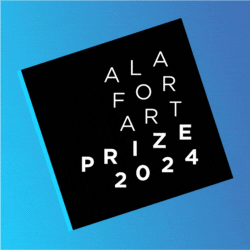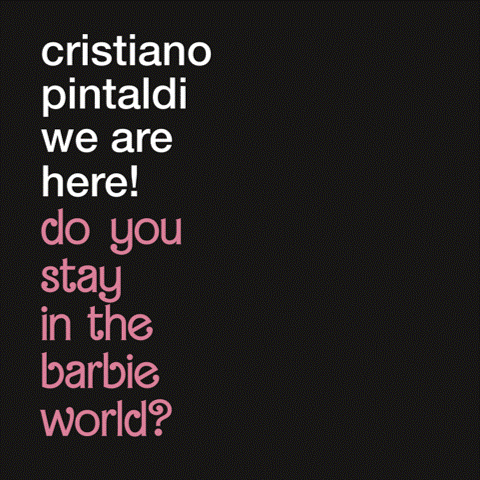Raccontare un luogo / Tales of a Place
16, 5 X 24 cm | 128 pp. b/n, color | Ita. & Eng. editions | Euro 20, 00
Il cambiamento della percezione della parola scritta e dell’utilizzo del site specific nel mondo globalizzato post caduta del muro di Berlino è il punto di partenza del progetto di libro / mostra Raccontare un luogo. Dall’analisi del lavoro di otto artisti internazionali di differenti generazioni e nazionalità – Mel Bochner, Mario Airò, Nedko Solakov, Christian Jankowski, Suzanne Lacy, Cuoghi Corsello, Antonis Pittas, Maurizio Nannucci – il libro di Lorenzo Bruni esplora otto differenti macro aree geografiche e storiche per affrontare cosa oggi si possa intendere per estetica dei new media e quale processo cognitivo e fattuale renda un oggetto quotidiano un’opera d’arte, e viceversa.
/
Changes in perceiving the written word and the use of site-specific art in the globalized world following the fall of the Berlin Wall is the starting point for the publication / exhibition Tales of a Place. By analyzing the work of eight international artists from different generations and nationalities (Mel Bochner, Mario Airò, Nedko Solakov, Christian Jankowski, Suzanne Lacy, Cuoghi Corsello, Antonis Pittas, Maurizio Nannucci), this book by Lorenzo Bruni explores eight geographical and historical macro areas in investigating what new media aesthetics means and which cognitive and factual process turns an everyday object into a work of art and vice-versa.
Eng. & Ita. | iBooks & iTunes| Euro 1, 99
Ebook dell’artista Sara Benaglia, che raccoglie la performance Casting the Circle, progetto che documenta l’esercizio della telepatia in una classe di ragazze liceali di Kitakyushu.
Attraverso la documentazione fotografica e un saggio che si estende dall’ideogramma “Ma” al fisico tedesco Max Planck, ai quadri di Emma Kuntz – firmato a quattro mani con il critico Mauro Zanchi – Casting the Circle include l’omonimo lavoro fotografico ritraente un’azione performativa ed empatica, che riscopre una topografia sacrale e matriarcale attingendo a un patrimonio simbolico di matrice pitagorica: punto, raggio, cerchio e derivazioni geometriche a stella.
/
In this book, the artist Sara Benaglia shows readers her performances, Casting the Circle, with an essay written in collaboration with Mauro Zanchi, where she discusses through images, videos, and words empathic alterity, telepathy, and matriarchic sacred geometry.
In 1964, the physicist John Stewart Bell demonstrated that sub-atomic particles are reciprocally related. That’s why what happens to one particle happens to all others. We can consider people as if they were varying energy fields interacting, whose sphere of influence does not end where their skin does. Do interactions between individuals pre-exist exchange? Or, do individuals exist because certain interactions subsist? Sacred and matriarchic topography rediscovers the emerging qualities of this group intent.
Mi aiuti a capire cosa sto facendo? / Will You Help Me Understand What I’m Doing?
12 X 17 cm | 44 pp. color | Ita. & Eng. editions | Euro 12, 00
Una mamma, Maria Morganti, chiede al figlio, Piero Pes, di dieci anni di aiutarla a capire il proprio lavoro di artista. “Le condizioni erano queste: seguire i suoi ritmi, cioè farlo quando se lo sentiva e annotare quello che diceva. Lui parlava, io trascrivevo. Io scattavo, lui mi fotografava”.
/
A mom asks her ten-year-old son to help her understand her own work as an artist. He speaks, she writes. Together they comment. He takes picture while she works …”One day my ten-year-old son Piero commented on one of my works. He told me things I never thought of, as if he were helping me to understand what I was doing. I asked him if he were willing to keep talking to me. His answer was yes. This was our agreement: I’d follow his pace, that is, he would comment when he felt he had something to say and I’d write down what he said. He would speak, and I would write.” The artist is Maria Morganti and her son Piero, they live in Venice.
La metropoli primitiva / The Primitive Metropolis
11, 5 x 17, 8 cm| 56 pp. b/n | Euro 14, 00
La Metropoli Primitiva di Andrea Branzi è una lettura del XXI secolo e del nostro presente, attraversata dalle immagini dei suoi lavori di architetto e designer, in cui propone un ruolo nuovo per il design, fuori dal mito razionalista del progetto definitivo.
/
“The legacy of the twentieth century, its dogmas and its principles of ethics, are obsolete and useless; the twenty-first century presents itself with totally original and contradictory features, which need to be reflected upon in an exploratory way, without attempting to recreate a new orthodoxy, but rather a rarefied system of anarchic hypotheses and experimentation, more akin to an era like ours – experimental and anarchic.” A. Branzi
My Alphabet
Eng. | iBooks & iTunes| Euro 0, 99
My Alphabet di Antonio Barletta è un personalissimo alfabeto ma allo stesso tempo un progetto corale che mette in relazione artisti e personaggi della creatività contemporanea che a loro volta sono inseriti per mezzo di un’immagine in una situazione non identificabile a priori.
Ventisei parole sono state assegnate a ventisei artisti che le hanno illustrate, in accordo con la propria personalità. Immagine nella quale è inserito un ulteriore significato che conferisce ad ogni lettera inaspettate interpretazioni. Le diverse provenienze culturali mixate tra loro vanno a costituire un alfabeto scoordinato ma molto contemporaneo.
/
My Alphabet is an intimate alphabet that is at the same time a group project that relates artists and figures from contemporary creativity whose image in turn is included in a situation that can’t be identified beforehand. Twenty-six words have been assigned to twenty-six artists who have turned them, in line with their own aesthetics. Barletta then intervenes upon this image by adding another meaning that gives each letter unexpected interpretations. The varying combined cultural origins make up a mismatched, contemporary alphabet.
